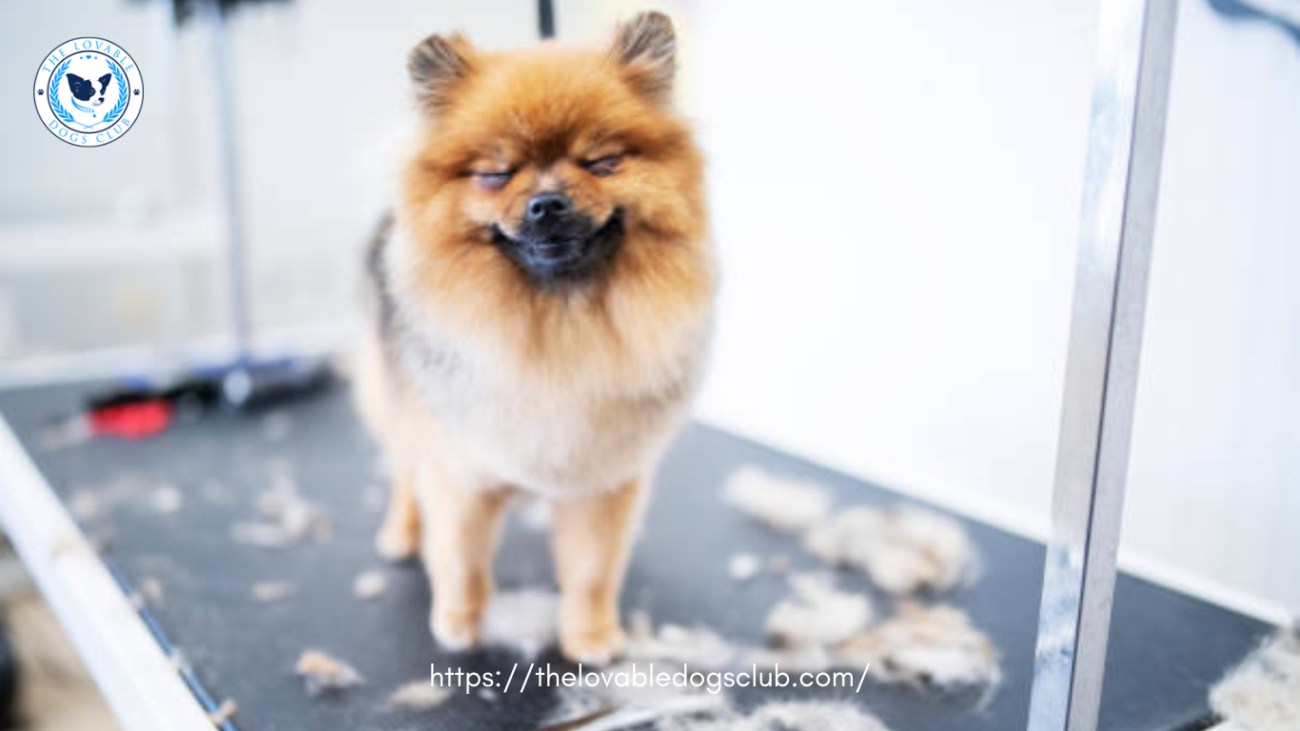Dogs have warm and fuzzy fur as part of their characteristic. Hence, the hair loss is very obvious. Alopecia, or a loss of hair in normal terms, is a common problem across all dogs. Though every breed of dog sheds some hair naturally, actual hair loss differs and often presents as an overall thinning or bald patches.
The causes of your dog’s hair loss range from allergens to more complex underlying health problems. One must not take the issue of hair loss in dogs lightly. It is not just a matter of looks, but it could be an alarming symptom of a severe health problem that necessitates professional veterinary attention.
In the following, we look at possible reasons for your dog losing hair and the treatment options available. We also answer some of the frequently asked questions about why dogs lose hair so that you’ll be ready to spring into action if you ever worry about a bald patch on your furry friend.
Reasons Your Dog May Be Losing Hair
There are many reasons for hair loss in canine, and diagnosis of the exact reason is necessary for proper treatment. If you see any indication of hair loss in your dog, then it is essential to consult with your veterinarian as soon as possible. Then, you can both diagnose the problem. Here are eight causes of hair loss in your dogs:
Allergies:
Allergies, especially dermatitis, often make a dog itch, consequently leading to hair loss. Dogs can quickly develop allergies to environmental factors, such as pollen, fungi, dust mites, and even dietary components. To effectively deal with your dog’s allergies, it is essential to identify what nearly triggers them. Watch for common allergy symptoms such as itching, biting, and hair loss, and consult your veterinarian for tailored treatment options.
Infections:
Infections from bacteria such as redness, hives, Alopecia (hair loss), pustules, and scabbing often complicate dermatitis. Infections like ringworms in dogs are also characterized by hair loss. If an infection is suspected, veterinary care must be sought immediately to identify it.
Parasites/Mange:
Another common cause of hair loss in dogs is parasitic infestations, especially by fleas, ticks, and mites. These usually induce localized hair loss around the eyes, ears, abdomen, and thorax. Besides causing hair loss, mites cause inflammation and irritation alongside redness on your dog’s part. One type of mange that develops due to mites is sarcoptic mange, while demodectic mange also grows because of mites. While sarcoptic mange is contagious, demodectic mange isn’t, but both can result in hairless patches and sores. Rely on your veterinarian for the most appropriate plan to treat your dog’s parasitic condition.
Hyperadrenocorticism (Cushing’s Disease):
Hair loss will also occur in dogs that suffer from Cushing’s disease or hyperadrenocorticism due to increased cortisol levels. The dog will have a change in skin pigmentation, be constantly thirsty with increased urination, recurrent skin infections, and appear plump. It is most common in middle-aged to senior dogs, and any of these symptoms should prompt a visit to your veterinarian for an evaluation.
Genetic Predisposition:
Deficiency of hair is inherited in some breeds of dogs. Some such breeds are Doberman Pinscher, Dachshund, Chihuahua, Italian Greyhound, and Whippet, which can show a patch of no hair on ears, chest, back, thighs, and lower back. Dogs such as Siberian huskies and Pomeranians, which are northern breeds, usually take long to regrow hair after grooming. Dogs such as bulldogs, West Highland White Terriers, Golden Retrievers, and Labrador Retrievers tend to develop allergies that may facilitate hair loss. Another cause of hair loss in dogs is hot spots, known as pyotraumatic dermatitis. Blue or gray-coated dogs are particularly prone to hair loss and allergy-related issues.
Hot Spots (Pyotraumatic Dermatitis):
These areas can damage the hair follicles when inflamed and tend to be exacerbated by scratching, licking, or chewing on them. Hot spots usually don’t cure on their own; thus, you must consult your veterinarian for appropriate treatment. There are some essential points to differentiate between regular seasonal shedding and abnormal hair falling in dogs.
Seasonal Shedding:
Some dogs naturally shed more than others, which may appear excessive when, in fact, that’s just the way they are. If your dog starts shedding dog excessively, especially outside of its regular season patterns, consult with a veterinarian for advice. Hair loss in dogs can also be related to several causes, as with different diseases.

Other Underlying Medical Conditions:
Hormonal disorders, for example, hypothyroidism and growth hormone problems, may cause hair loss. In addition to this, hair loss in dogs may result from stress combined with malnutrition or pregnancy and lactation. If you suspect the hair loss in your dog is a symptom of an underlying medical condition, contact your vet for advice on proper diagnosis and treatment options.
Frequently Asked Questions
Should I be worried about my dog shedding its fur?
Some hair loss is average for dogs, but excessive hair shedding may cause worry. Many factors can trigger hair loss in dogs, ranging from simple problems such as allergies to more severe health problems. If you note that your dog is losing more hair than normal, it’s wise to visit your vet so that they can find out the possible cause of the loss of hair.
What nutritional deficiencies can cause hair loss in dogs?
Minerals are essential in maintaining good fur and skin health for dogs. Copper deficiency will cause hair loss patches and coat pigmentation loss. In contrast, zinc deficiencies can result in Alopecia or hair loss, skin ulcers, and thickening of the skin. Therefore, feeding your dog with a well-balanced diet that is proper nutrition will help promote hair regrowth.
Are there any home remedies to help my dog’s hair grow back?
Though there are many home remedies for dog hair loss, going for what your veterinarian prescribes is essential. Melatonin, vitamin E oil, and fish oil can be used as natural medications to help induce hair growth in dogs.
How do you treat a dog’s hair loss caused by fleas?
Effective drugs are the preventative ones placed on your pet’s neck, protecting it from flea bites and other insects for a month. It only takes about 24 hours to kill all parasites. Regular grooming with pet combs or brushes can help remove bacteria from the hair follicles and skin.
Why does my dog have a bald patch?
Bald spots on your dog often have some causes like ringworm, bacterial infections, parasites, or mange. Hair loss around the rear and tail base is a common symptom of flea allergies, while environmental allergies (atopy) can cause baldness to his limbs and face.
Can coconut oil promote hair regrowth in dogs?
Coconut oil might help in the case of Alopecia, depending on the etiology. CocoTherapy coconut oil is generally administered orally to your dog and at an appropriate dosage – 1 teaspoon per 10 pounds of body weight, usually divided between breakfast and dinner feeding times.
Will my dog’s hair grow back after a scab?
Some supplements are prepared mainly by the veterinarian, which can provide soothing effects for healthy skin and coat. This reduces irritation and helps in faster fur growth through an enhanced environment for wound healing.
Conclusion
If you find your dog losing hair, it becomes of utmost importance to deal with it immediately. Any change in coat from thick and warm to sparse and thinning should not be ignored. Patches in the dog without hair can result from underlying health issues that may require intervention by a vet. If you notice patches with no hair on your dog or shedding more than usual, it is better to consult a veterinarian without further delay. Dutch.com provides a convenient method to connect with a veterinary professional for guidance.

